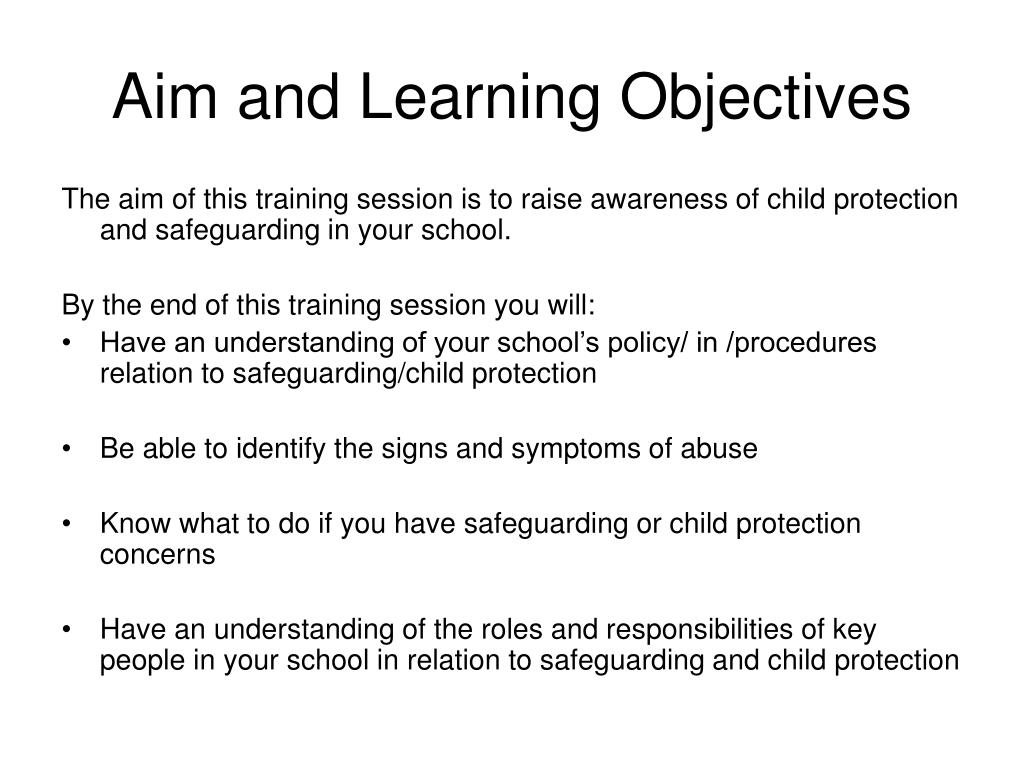

The Civil Rights Act was eventually expanded by Congress to strengthen enforcement of these fundamental civil rights. Ferguson, in which the Court held that racial segregation purported to be "separate but equal" was constitutional.

Passage of the Act ended the application of "Jim Crow" laws, which had been upheld by the Supreme Court in the 1896 case Plessy v. The Civil Rights Act of 1964 is the nation's benchmark civil rights legislation, and it continues to resonate in America. It also strengthened the enforcement of voting rights and the desegregation of schools. As space exploration continued through the 1960s, the United States was on. The root of the idea was a rebellion against colonial. The term was created as a parallel to other liberation and freedom movements of the time. The Act prohibited discrimination in public accommodations and federally funded programs. President Kennedy settled upon this dramatic goal as a means of focusing and. The movement consisted of women's liberation groups, advocacy, protests, consciousness-raising, feminist theory, and a variety of diverse individual and group actions on behalf of women and freedom. Provisions of this civil rights act forbade discrimination on the basis of sex, as well as, race in hiring, promoting, and firing. The Civil Rights Act of 1964 prohibits discrimination on the basis of race, color, religion, sex or national origin. In 1964, Congress passed Public Law 88-352 (78 Stat.

After Kennedy's assassination in November, President Lyndon Johnson pressed hard, with the support of Roy Wilkins and Clarence Mitchell, to secure the bill's passage the following year. In June 1963, President John Kennedy asked Congress for a comprehensive civil rights bill, induced by massive resistance to desegregation and the murder of Medgar Evers. In response, all three branches of the federal government-as well as the public at large-debated a fundamental constitutional question: Does the Constitution's prohibition of denying equal protection always ban the use of racial, ethnic, or gender criteria in an attempt to bring social justice and social benefits? In the 1960s, Americans who knew only the potential of "equal protection of the laws" expected the president, the Congress, and the courts to fulfill the promise of the 14th Amendment.


 0 kommentar(er)
0 kommentar(er)
